Top speed 285 km/h Length 9.83 m Retired 1942 | Wingspan 13 m Introduced 1933 | |
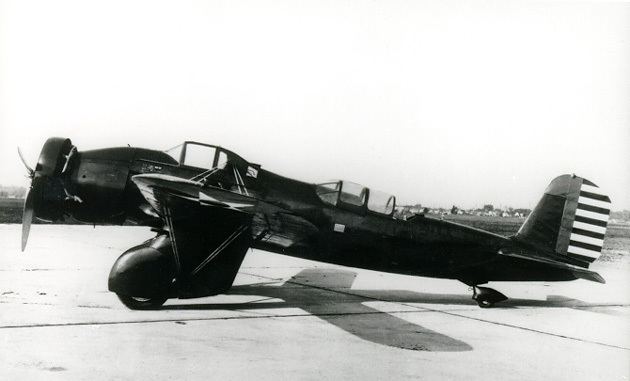 | ||
Manufacturer Curtiss Aeroplane and Motor Company | ||
The Curtiss A-12 Shrike was the United States Army Air Corps' second monoplane ground-attack aircraft, and its main attack aircraft through most of the 1930s. It was based on the A-8, but had a radial engine instead of the A-8's inline, water-cooled engine, as well as other changes.
Contents
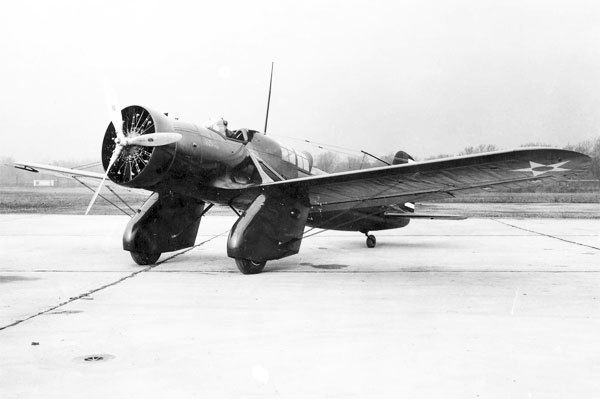
Design and development
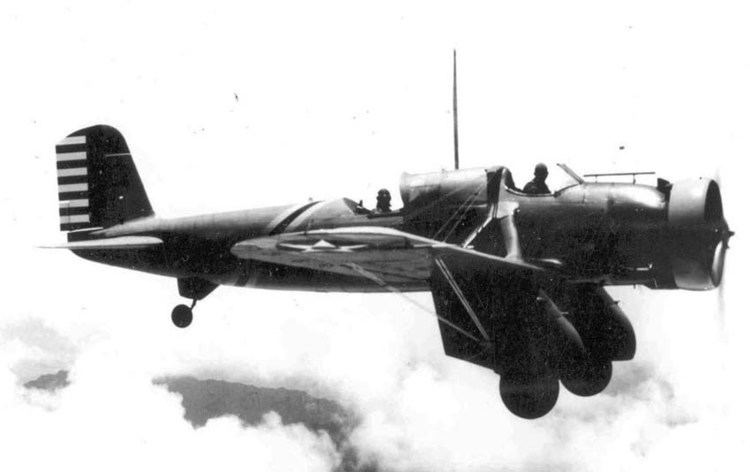
The Model 60 was developed from advancements of the A-8 and the experimental YA-10. However, it became obsolete after a short use period, mainly because of fast-improving aviation technology, as well as the USAAC's desire for multi-engined attack aircraft.
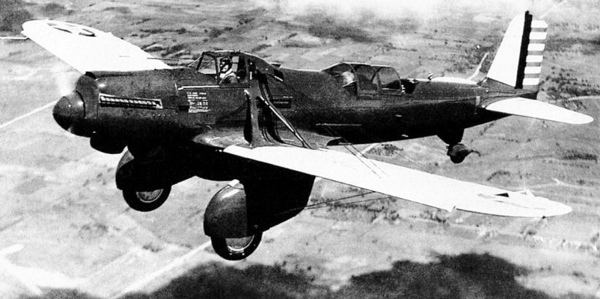
The most obvious difference between the A-12 and the A-8 is the air-cooled, radial engine in the A-12, which replaced the A-8's inline, water-cooled engine. This was a response to the USAAC's move toward a preference for radial engines, especially in attack aircraft. The rationale behind this preference is that the radial engine has a lower profile, making it less vulnerable to ground fire, and a simpler cooling mechanism, which is also less prone to groundfire, as well as overall maintenance problems.
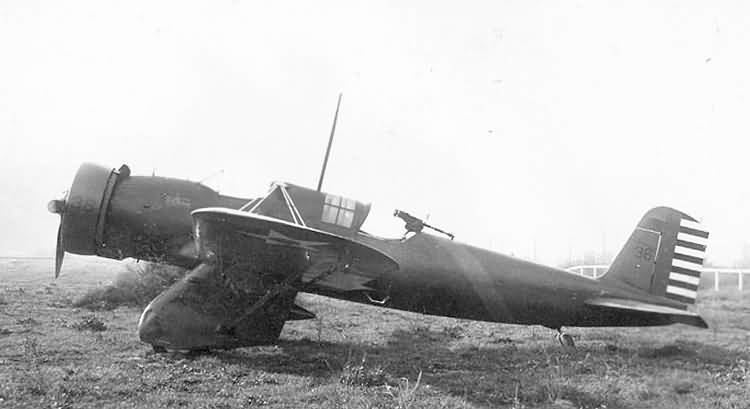
These aircraft retained the open cockpit introduced in the A-8 production batch, and carried the same weapons load. In an attempt to improve pilot/observer co-operation, the rear cockpit was moved forward sufficiently for its glazed covering to form a continuation of the fuselage decking behind the pilot's cockpit.
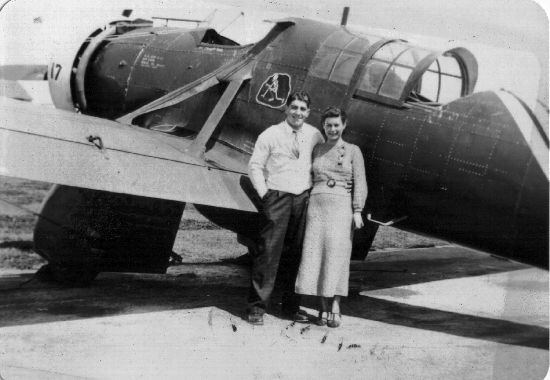
Nine USAAF A-12s were still in service at Hickam Field on 7 December 1941, but they saw no combat.
Operational history
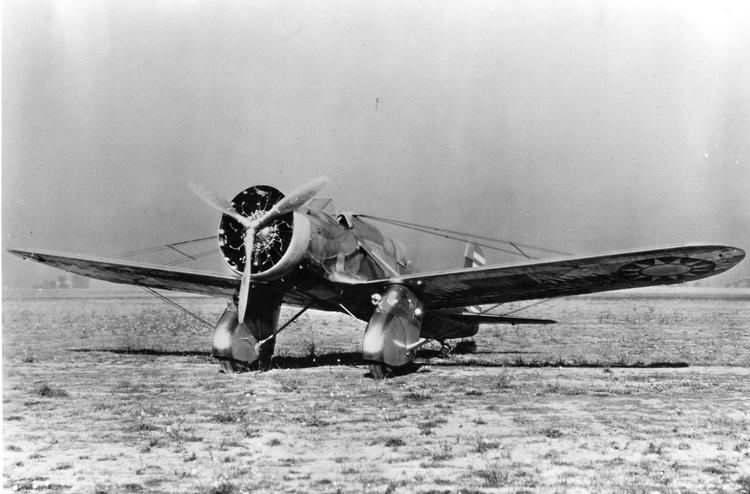
A-12s served with the 3rd Attack Group plus the 8th and 18th Pursuit Groups. Surviving Shrikes were grounded just after Pearl Harbor was bombed in December 1941.
Operators
Specifications (A-12 Shrike)
Data from The Complete Encyclopedia of World Aircraft
General characteristics
Performance
Armament
